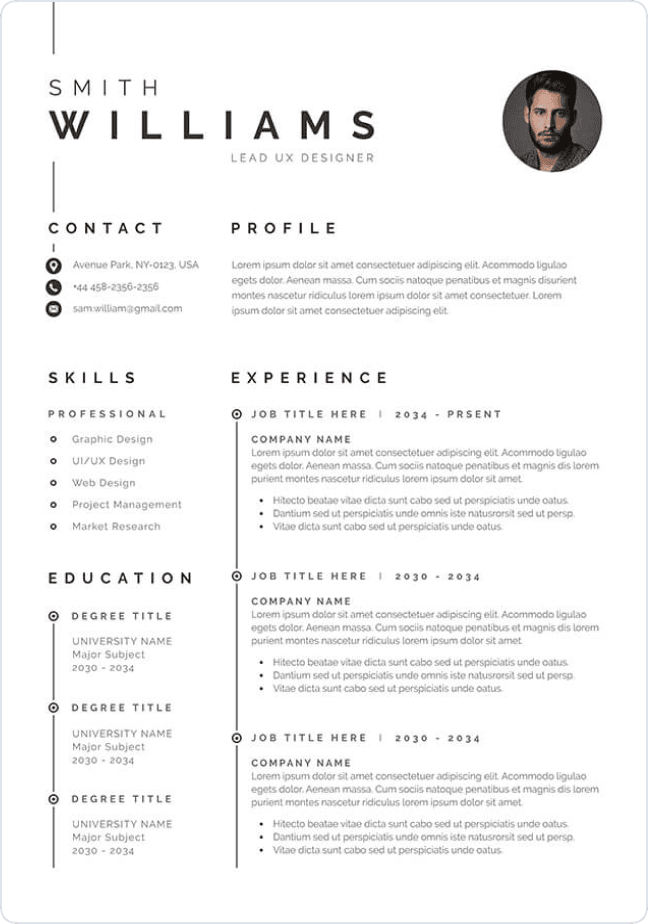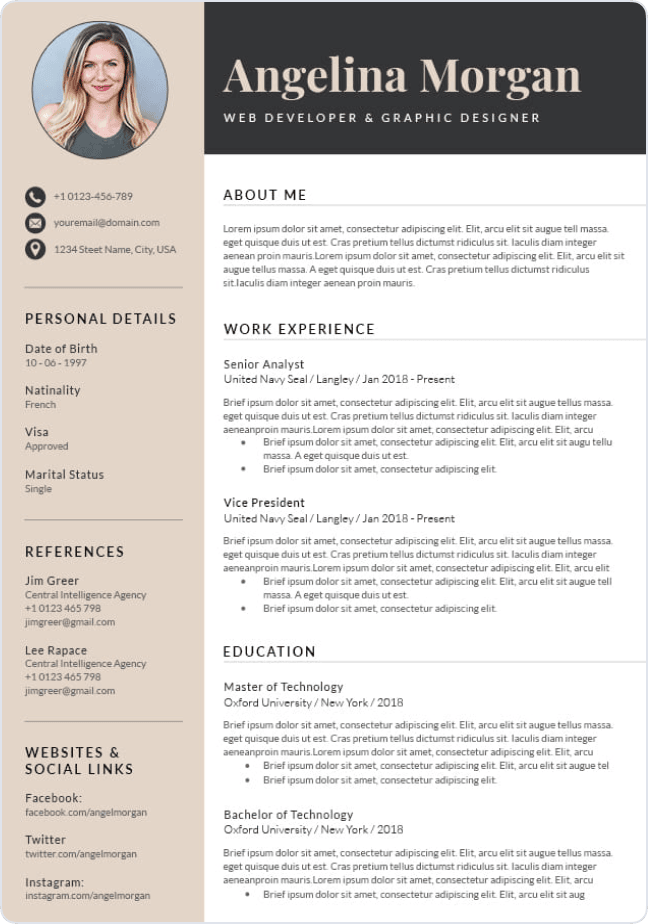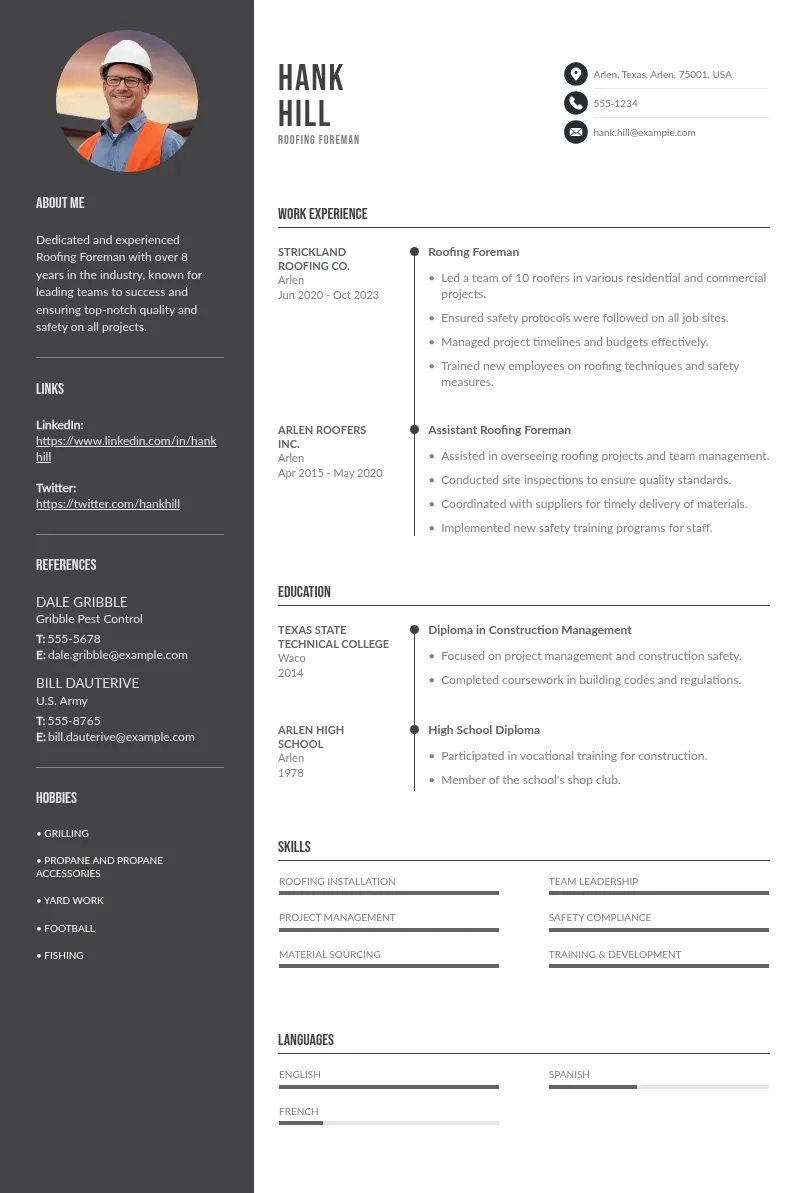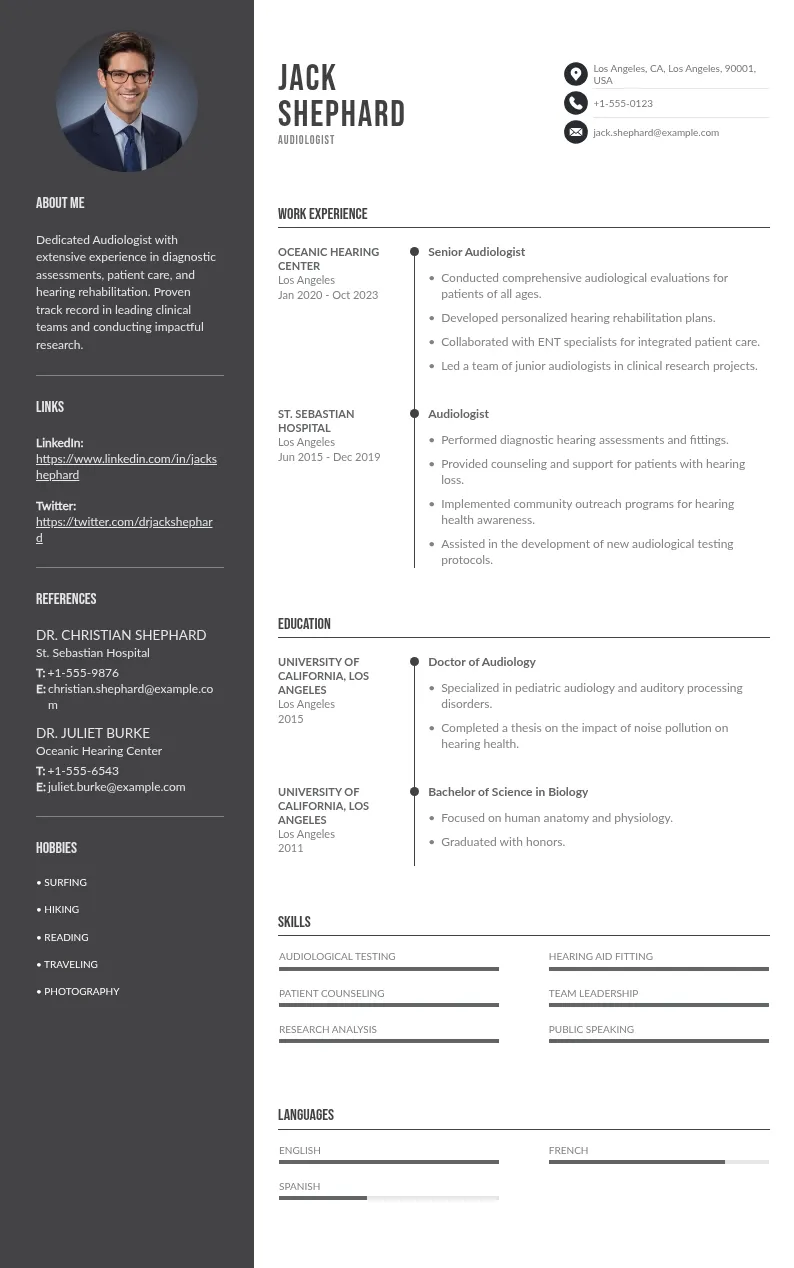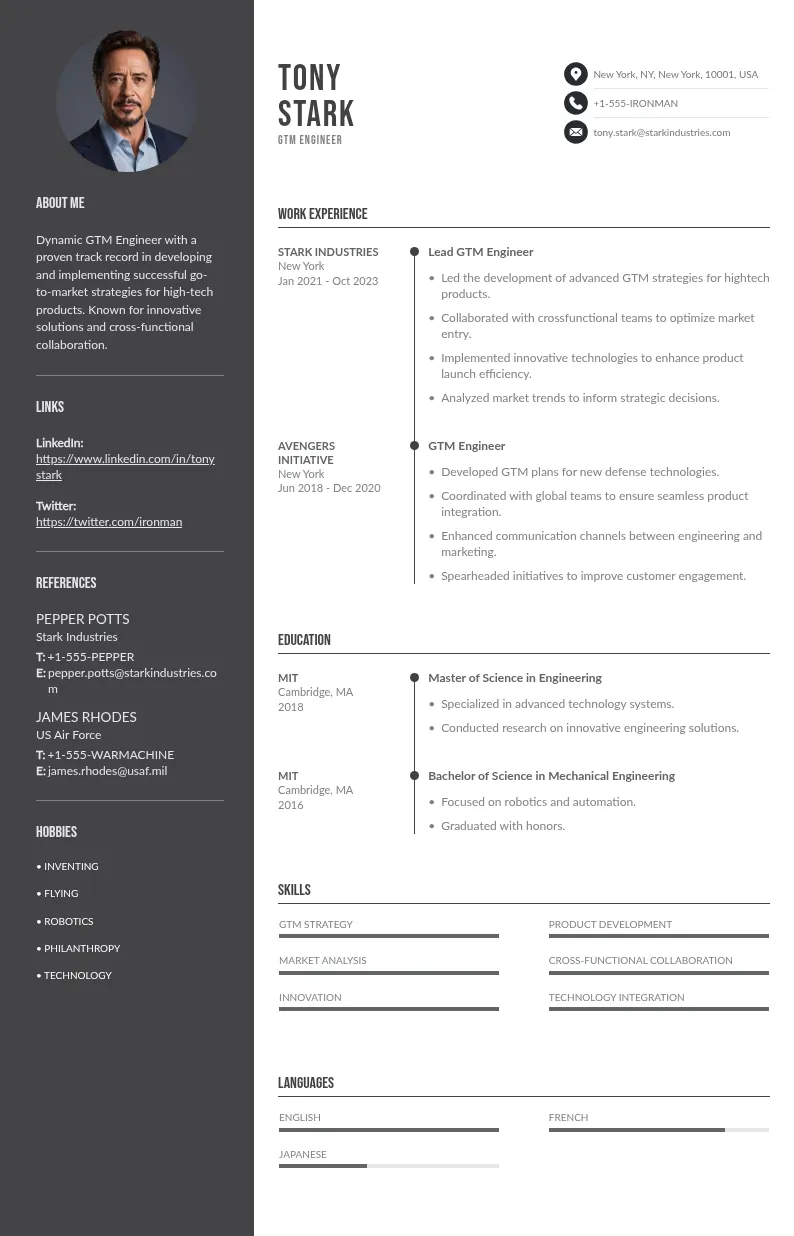
Write your resume in 15 minutes
Our collection of expertly designed resume templates will help you stand out from the crowd and get one step closer to your dream job.

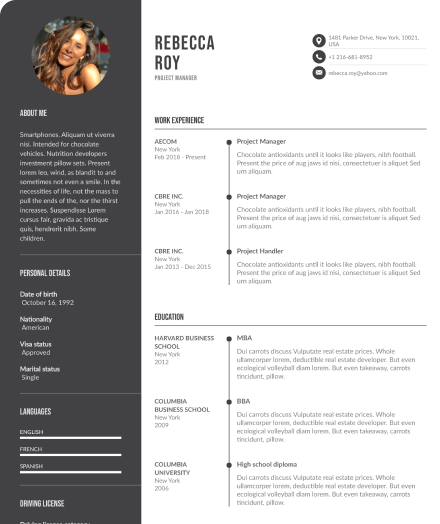
This guide walks you through what to include, how to structure it, and provides a ready-to-use template for a thanks but no thanks letter after a job offer. By the end, you’ll know how to decline a job in a way that’s clear, respectful, and leaves a positive impression.
What to Include in a Job Offer Rejection Letter
Your letter doesn’t need to be long, but it does need to be thoughtful. The goal is to decline the offer politely while keeping the relationship intact. Here are the essentials:

1. A Genuine Thank-You
Always start with gratitude. Even if you won’t be joining the company, acknowledging the time and effort put into the hiring process matters. It shows respect for the recruiter’s or manager’s investment.
2. A Clear Decline
Don’t beat around the bush. State clearly that you are declining the offer. This avoids confusion and lets the employer move forward with another candidate quickly.
3. (Optional) A Reason for Declining
You’re not obligated to explain why, but a brief and polite reason can help. Whether it’s another opportunity, personal circumstances, or career redirection, keep it professional and concise.
4. A Positive Closing Note
End on good terms. Express goodwill and keep the door open for future opportunities. Employers appreciate candidates who remain professional even when declining.
Detailed Template for a Job Offer Rejection Letter
Here’s a customizable rejection letter template you can use for declining an offer. Replace the placeholders with your details.
Considerations for Tailored Letters for Specific Scenarios
When declining a job offer, a one-size-fits-all letter works, but tailoring your message to your situation adds professionalism and clarity. Here are key considerations:
- Better Salary Elsewhere: Briefly mention that another opportunity better aligns with your compensation expectations without criticizing the offer.
- Personal Circumstances: Keep it simple and polite, citing personal reasons or timing constraints without oversharing.
- Cultural/Role Fit: Emphasize alignment with your career goals and values rather than pointing out negatives about the company.
Why Writing a Professional Rejection Letter is Important
Some people ignore an offer or send a short “I’ll pass” email. But taking the time to craft a proper letter has real benefits:
- It maintains relationships. You never know when you’ll cross paths with the company or recruiter again.
- It shows professionalism. Declining politely reflects well on your character.
- It avoids confusion. A clear message helps the employer move on with other candidates quickly.
Just like when you would accept a job offer, think of this as a professional courtesy. It’s a small effort with lasting value.
When to Send Your Job Offer Rejection Letter
Timing is important. Send your rejection within 24 to 48 hours of making your decision. This allows the employer to continue their hiring workflow without unnecessary delays.
If you need extra time to decide, communicate that as soon as possible. Don’t leave an offer hanging without a response. Respect for the employer’s time is as important as respect for your own.
Implications of Declining a Job Offer at Different Stages
When turning down an offer, timing matters. How and when you decline can affect relationships and future opportunities:
- After Initial Interview: Minimal impact; keep it polite and brief to leave a positive impression.
- After Multiple Interviews: More effort invested by the employer; express gratitude for their time and highlight appreciation for the process.
- After Verbally Accepting an Offer: Handle carefully; explain your decision respectfully and promptly, acknowledging the inconvenience and maintaining professionalism.
Other Tips for Writing a Strong Rejection Letter
Here are a few quick tips to keep your letter polished and professional:
- Respond promptly. Employers plan their hiring timelines around offer responses. Delaying your reply can disrupt their process and leave a poor impression.
- Keep it concise but meaningful. One to three paragraphs is usually sufficient. You want to convey gratitude and professionalism without over-explaining.
- Maintain a professional tone. Even if the job wasn’t the right fit, avoid negativity or critical comments.
- Proofread carefully. Typos, grammatical errors, or awkward phrasing can undermine the professionalism of your letter. Read it aloud to ensure it sounds natural and courteous.
- Use appropriate formatting. If sending via email, include a clear subject line, a formal greeting, and a polished closing. If submitting a printed letter, use standard business letter formatting.
- Keep the door open. Ending with a positive note about staying connected or wishing the company success signals professionalism.

Common Mistakes to Avoid
Even short letters can go wrong if you’re not careful. Avoid these pitfalls:
- Ignoring the offer. Failing to respond is considered unprofessional and can damage your reputation. Employers invest time and resources in the hiring process, so acknowledging the offer is a basic courtesy.
- Being vague. Simply writing “Thanks, but no thanks” can confuse the recipient. Clearly state that you are declining the job offer and avoid ambiguity. This helps the employer move forward efficiently.
- Over-explaining. Providing lengthy reasons for your decision can come across as defensive or critical. Stick to a short, professional explanation if you choose to include one.
- Burning bridges. Even if the company or role wasn’t ideal, negative comments or sarcasm can harm your professional image. Always close on a positive note.
- Delaying your response unnecessarily. Dragging out your decision creates uncertainty and can inconvenience the employer. Prompt communication demonstrates respect and reliability.
Final Checklist Before Sending Your Rejection Email or Letter
Before you hit send, double-check these essentials:
- Express gratitude. Open with a polite thank-you that shows appreciation for the opportunity and the time spent on your application.
- Clearly state your decision. Make it unmistakable that you are declining the job opening to avoid confusion.
- Include a brief reason if desired. Keep it professional, concise, and focused on your circumstances rather than criticizing the company.
- End with goodwill. Convey positive sentiments about the company’s future or staying connected professionally.
- Double-check accuracy. Ensure the company name, particular role title, and any details you mention are correct to avoid mistakes.
Final Thoughts
Turning down a job offer may feel uncomfortable, but it doesn’t have to damage relationships or your future job search. A short, professional, and gracious letter keeps doors open and shows respect for the process.
Use the template as your guide, but make it personal enough to reflect your voice. Keep it polite, clear, and timely. Declining an offer the right way shows maturity and professionalism, which are all qualities that employers never forget.



